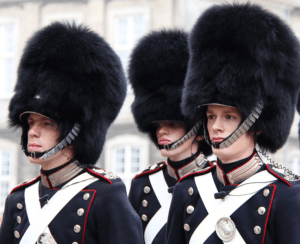Survival of the Most Loving – and Loved (aka, Why do so many charities have ♥♥♥ in their logos?)
 Why do people – with plenty of worries and expenses — give hard-earned money that could otherwise be spent on their own families, taxes and bills to complete strangers via philanthropy?
Why do people – with plenty of worries and expenses — give hard-earned money that could otherwise be spent on their own families, taxes and bills to complete strangers via philanthropy?
It’s not a rational thing to do.
This is a question that puzzled Charles Darwin.
While known for the theory of “survival of the fittest” (which actually was coined by the philospher, Herber Spencer), Darwin posited the notion of “survival of the kindest,” finding sympathy to be the strongest human instinct. You see, survival doesn’t necessarily mean the strongest or most aggressive. It depends, as much if not more, on cooperation and empathy.
Which would mean people give to be helpful because they’re biologically wired that way.
It simply pays off to come from the heart and be generous.
Humans are wired to be selfless.
Recent research in psychology agrees with Darwin,
Details

 Early in my career I received a piece of fundraising advice that has stuck with me to this day:
Early in my career I received a piece of fundraising advice that has stuck with me to this day:




 I’m excited to share three easy tips with you, and the results are measurable. Do these things and you’ll be able to tell if they impact your bottom line!
I’m excited to share three easy tips with you, and the results are measurable. Do these things and you’ll be able to tell if they impact your bottom line!
 This Thursday folks in the United States will celebrate what I consider to be the social benefit sector holiday of the year:
This Thursday folks in the United States will celebrate what I consider to be the social benefit sector holiday of the year: